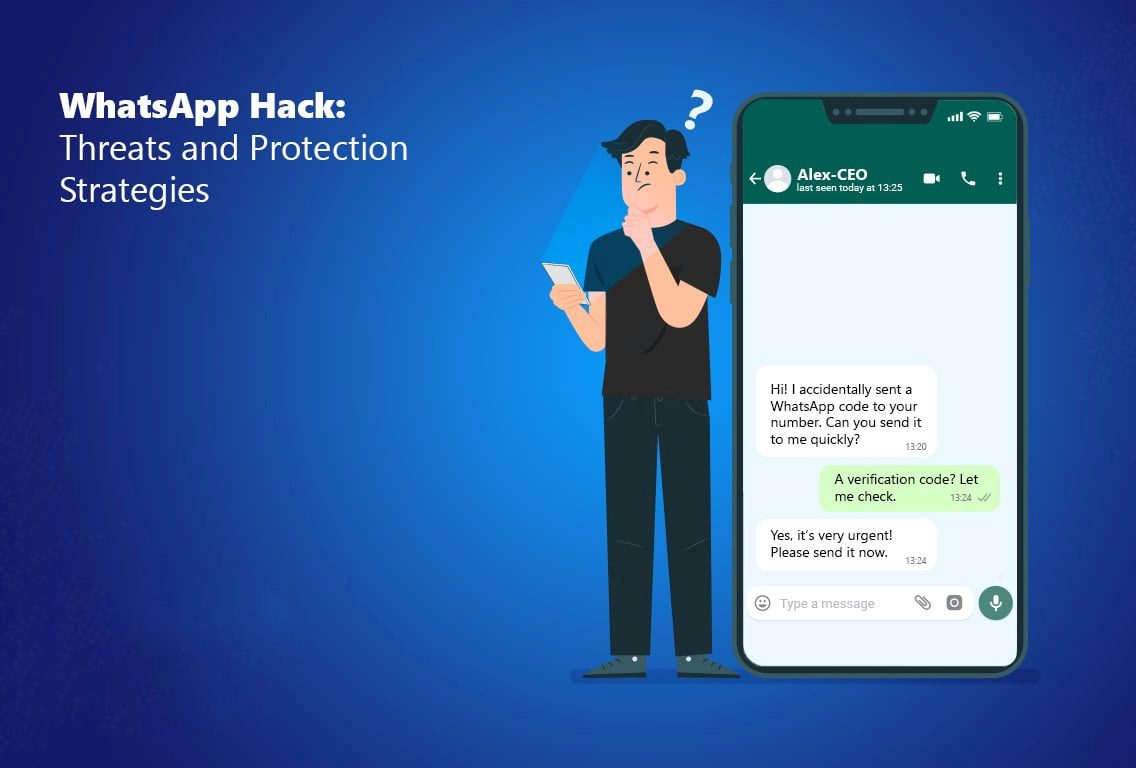
Any organisation can find it hard to implement ISO 27001, which is the worldwide standard for Information Security Management Systems (ISMS). The benefits of getting ISO 27001 certification are big, but the way to certification is full of problems. The process of execution can go more smoothly and be more successful if you understand these problems and know how to solve them.
ISO 27001 is meant to help businesses handle the security of their information in a structured and effective way. It includes creating, deploying, maintaining, and always making an ISMS better. A lot of different security rules and best practices are included in the standard that companies must follow to keep their data and assets safe.
Common Challenges In ISO 27001 Implementation
- Lack Of Management Support
Challenge: One of the most significant hurdles in implementing ISO 27001 is obtaining and maintaining support from top management. Without their commitment, securing the necessary resources and ensuring organization-wide adherence to the standard’s requirements becomes challenging.
Solution: To overcome this, it is crucial to communicate the benefits of ISO 27001 certification clearly to management. Highlight how certification can enhance the organization’s reputation, reduce risks, and ensure compliance with legal and regulatory requirements. Regularly updating management on progress and involving them in key decisions can also help maintain their support throughout the implementation process.
- Resource Constraints
Challenge: Implementing ISO 27001 requires significant investment in terms of time, money, and human resources. Many organizations struggle with allocating sufficient resources to meet the standard’s requirements.
Solution: Do a full cost-benefit study to show that implementing ISO 27001 is worth the money. Prioritize the allocation of resources by focusing on the most critical areas first. Additionally, consider hiring external consultants or using automation tools to streamline the implementation process and reduce the burden on internal resources.
- Insufficient Knowledge And Expertise
Challenge: ISO 27001 implementation involves a deep understanding of information security principles, risk management, and the specific requirements of the standard. Many organizations lack the necessary expertise, which can lead to ineffective implementation and non-compliance.
Solution: Invest in training and certification programs for key personnel involved in the implementation process. Engaging external experts or consultants with experience in ISO 27001 can also provide valuable guidance and ensure the implementation is aligned with best practices.
- Resistance To Change
Challenge: Implementing ISO 27001 often requires significant changes to existing processes and practices. Employees may resist these changes, especially if they perceive them as additional work or unnecessary bureaucracy.
Solution: Foster a culture of security awareness and emphasize the importance of information security to all employees. Involve staff in the implementation process by seeking their input and addressing their concerns. Resistance can also be lessened by giving people training and making it clear what the benefits of the changes are.
- Complexity Of Risk Assessment
Challenge: Risk assessment is a core component of ISO 27001 implementation, but it can be complex and time-consuming. Identifying and evaluating all potential risks to information security requires a comprehensive understanding of the organization’s processes and assets.
Solution: Use a structured risk assessment methodology to ensure all relevant risks are identified and evaluated consistently. Leveraging risk assessment tools and software can also streamline the process and improve accuracy. Review and change the risk assessment on a regular basis to take into account new threats and weak spots.
- Documentation Overload
Challenge: ISO 27001 requires extensive documentation, including policies, procedures, and records. Managing and maintaining this documentation can be overwhelming for many organizations.
Solution: Develop a clear documentation strategy that outlines what needs to be documented, by whom, and how it should be maintained. Use templates and standardized formats to simplify the creation and management of documents. Set up a document management system to make sure that all of your papers are up to date and easy to find.
- Balancing Security And Business Objectives
Challenge: Implementing ISO 27001 often involves striking a balance between robust security measures and the organization’s business objectives. Overly stringent security controls can hinder business operations and productivity.
Solution: Adopt a risk-based approach to determine the appropriate level of security controls. Involve key business stakeholders in the decision-making process to ensure security measures align with business objectives. Regularly review and adjust controls to maintain an optimal balance between security and business needs.
How To Overcome Implementation Challenges?
- Develop A Clear Implementation Plan
To get through the challenges of implementing ISO 27001, you need a clear execution plan. The plan should describe the ISMS’s goals, the tools it will need, important steps, and due dates. Assign roles and tasks to make sure people are responsible and to keep track of how the plan is being followed.
- Engage Stakeholders Early
Engaging stakeholders from the beginning can help secure their support and involvement throughout the implementation process. Identify all relevant stakeholders, including top management, IT staff, and end-users, and involve them in the planning and decision-making process. Regularly communicate progress and seek feedback to address any concerns or resistance.
- Conduct A Gap Analysis
A gap analysis can help the organisation figure out what parts of ISO 27001 standards it doesn’t meet. This study gives a clear picture of how information security is right now and helps set priorities for the work that needs to be done. Use the results of the gap analysis to develop a targeted action plan to address identified gaps.
- Leverage External Expertise
External consultants with experience in ISO 27001 implementation can provide valuable insights and guidance. They can help navigate complex requirements, offer best practices, and ensure the implementation is on track. Consider hiring consultants for specific tasks, such as risk assessment, documentation review, or conducting internal audits.
- Use Technology To Streamline Implementation
Technology has a big part to play in making ISO 27001 adoption easier. To make administration easier, use software tools for evaluating risks, keeping track of documents, and making sure you’re following the rules. Automation can also help make sure that security controls are used consistently and correctly.
- Provide Comprehensive Training
To make sure that all workers know what they need to do to keep information safe, they need to be trained. Make a teaching programme that goes over the basics of ISO 27001, specific security controls, and why compliance is important. Train people on a regular basis to deal with new threats and changes to the ISMS.
- Establish A Strong Governance Structure
A robust governance structure is critical for the successful implementation and maintenance of an ISMS. Create an information security management committee or team responsible for overseeing the implementation, monitoring compliance, and driving continuous improvement. Ensure clear communication channels and regular reporting to keep management and stakeholders informed.
- Foster A Culture Of Security
It is important for the long-term success of ISO 27001 implementation to create a mindset of safety. Encourage employees to take ownership of information security by promoting awareness and accountability. Recognize and reward efforts to improve security practices and create an environment where security is seen as everyone’s responsibility.
Conclusion
Putting ISO 27001 into practice is hard work that pays off. Organisations can improve their information security, boost their image, and make sure they’re following the rules by recognising and dealing with common problems. Any organisation can benefit from ISO 27001 approval if they have a clear plan, strong leadership, and a desire to keep getting better.






